
Senior Maritime Pilot | Master Mariner | Master's degree Nautical Science | Forensic Medicine | Glassblower |
4 subscribers
How to get URL link on X (Twitter) App


https://twitter.com/jvluijmans/status/1989426278706155801
 2/x The NSR will be used by 2 types of traffic: Destination shipping and transit. The former, for example, entails oil extraction in the Barents Sea. Ships will load there and then transport the cargo via the NSR to Asia.
2/x The NSR will be used by 2 types of traffic: Destination shipping and transit. The former, for example, entails oil extraction in the Barents Sea. Ships will load there and then transport the cargo via the NSR to Asia.

 2/x While his achievement ranks as one of the key milestones in the exploration of the Arctic, the discovery of a passage for commercial shipping, the original motive for finding the NWP, was still out of reach.
2/x While his achievement ranks as one of the key milestones in the exploration of the Arctic, the discovery of a passage for commercial shipping, the original motive for finding the NWP, was still out of reach.

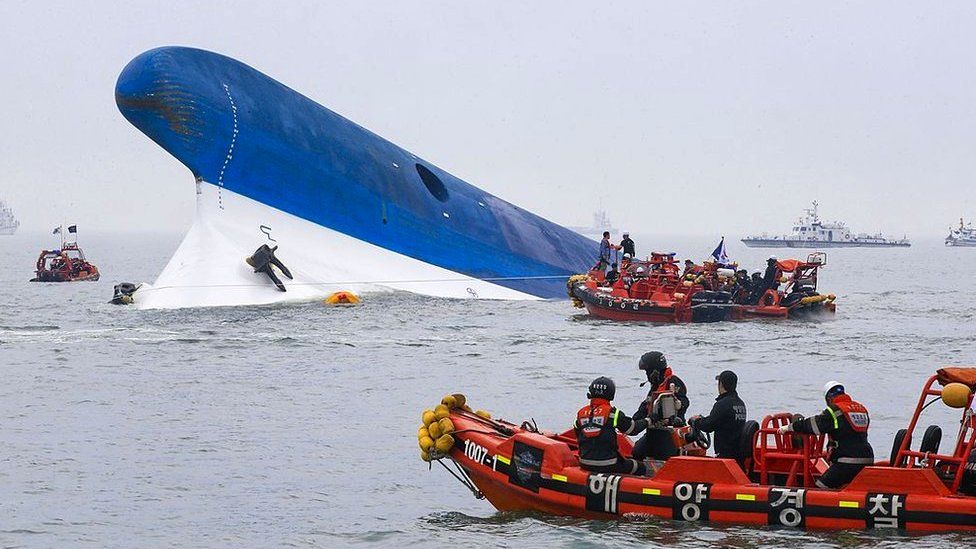
 2/x Sewol was a 146m Ro-Pax ferry, originally built in Japan (1994) and later modified in South Korea. Her refit added cabins and cargo capacity but raised her center of gravity dangerously. Stability tests were not properly enforced post-modification.
2/x Sewol was a 146m Ro-Pax ferry, originally built in Japan (1994) and later modified in South Korea. Her refit added cabins and cargo capacity but raised her center of gravity dangerously. Stability tests were not properly enforced post-modification. 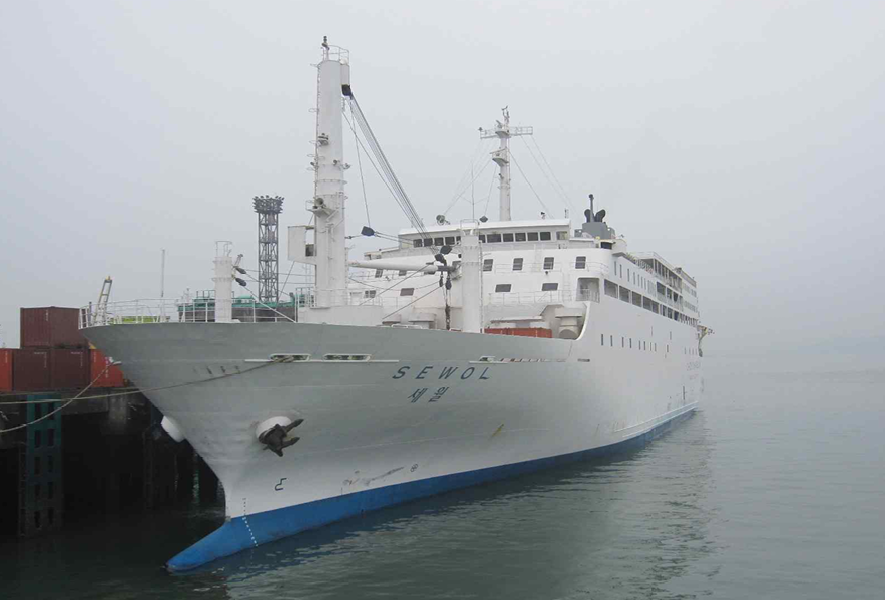

 2/x Looking at all the flags on the vessel, the status of this vessel will be regarded as "ship without nationality" as per UNCLOS 92 par. 2
2/x Looking at all the flags on the vessel, the status of this vessel will be regarded as "ship without nationality" as per UNCLOS 92 par. 2 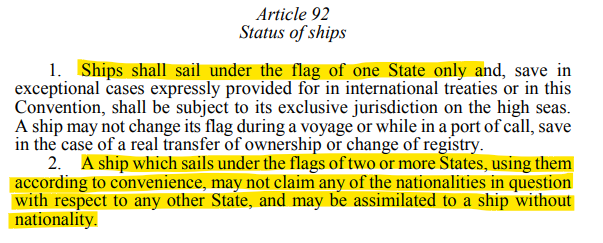
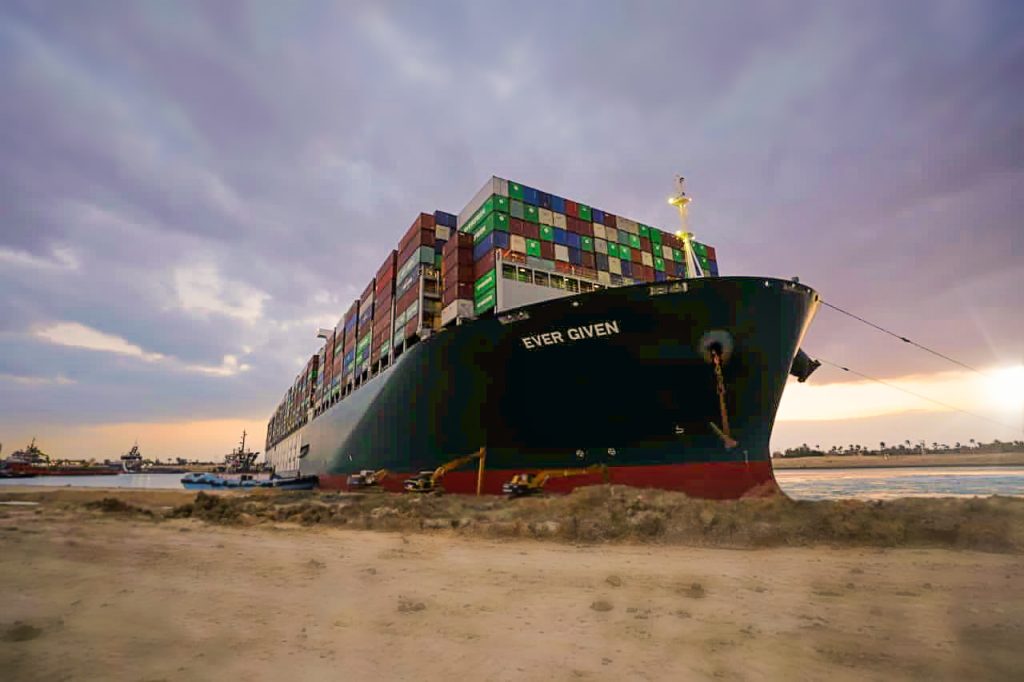
https://x.com/BartGonnissen/status/1942864105368432978
 2/x Salvage law governs the rights and compensation when a ship, its cargo, or the marine environment is saved from danger at sea. It’s a voluntary, successful rescue that rewards effort but does not transfer ownership of what is saved. (you don't own the ship you salvage)
2/x Salvage law governs the rights and compensation when a ship, its cargo, or the marine environment is saved from danger at sea. It’s a voluntary, successful rescue that rewards effort but does not transfer ownership of what is saved. (you don't own the ship you salvage) 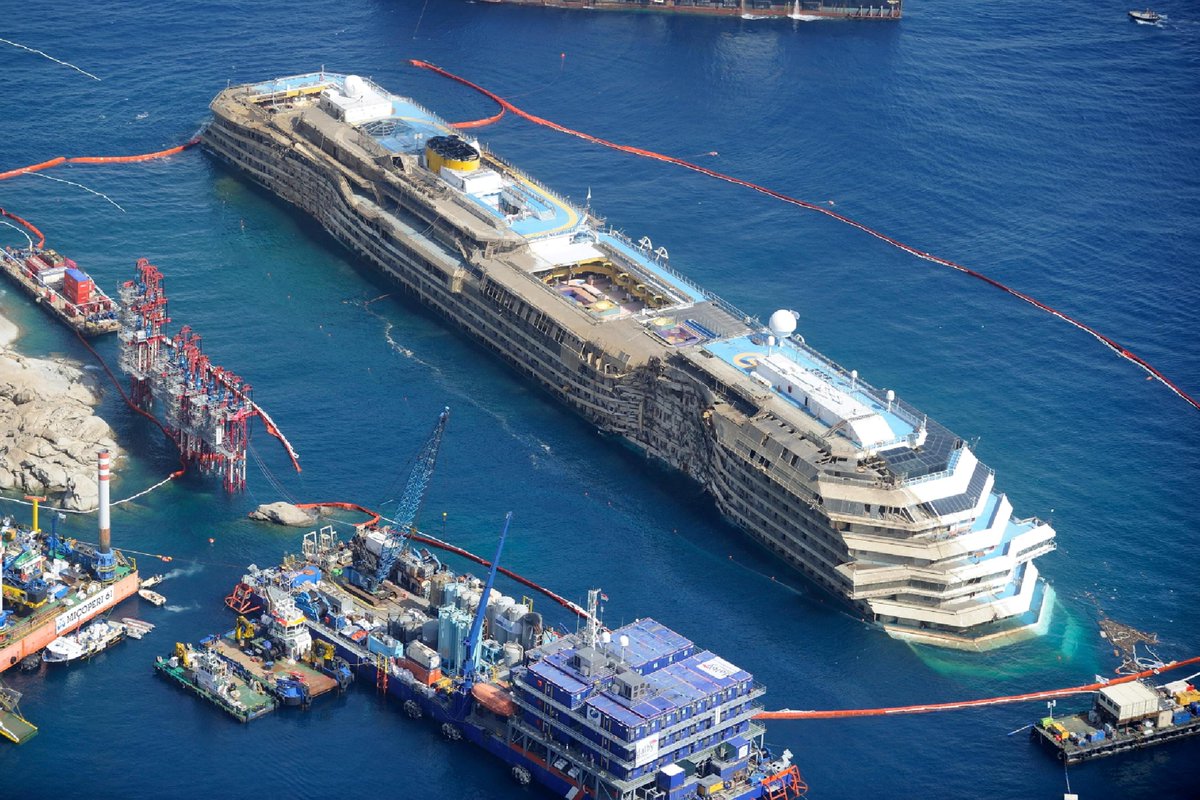

https://twitter.com/BartGonnissen/status/19428641053684329782/x
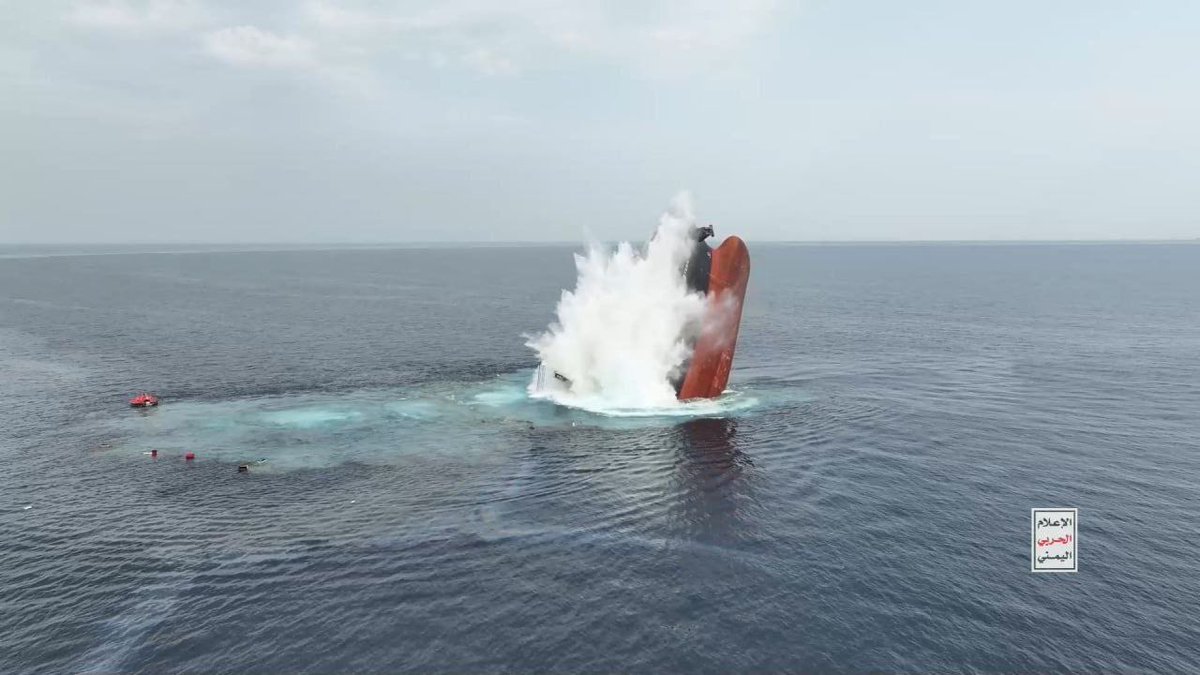
 2/x
2/x

 2/x
2/x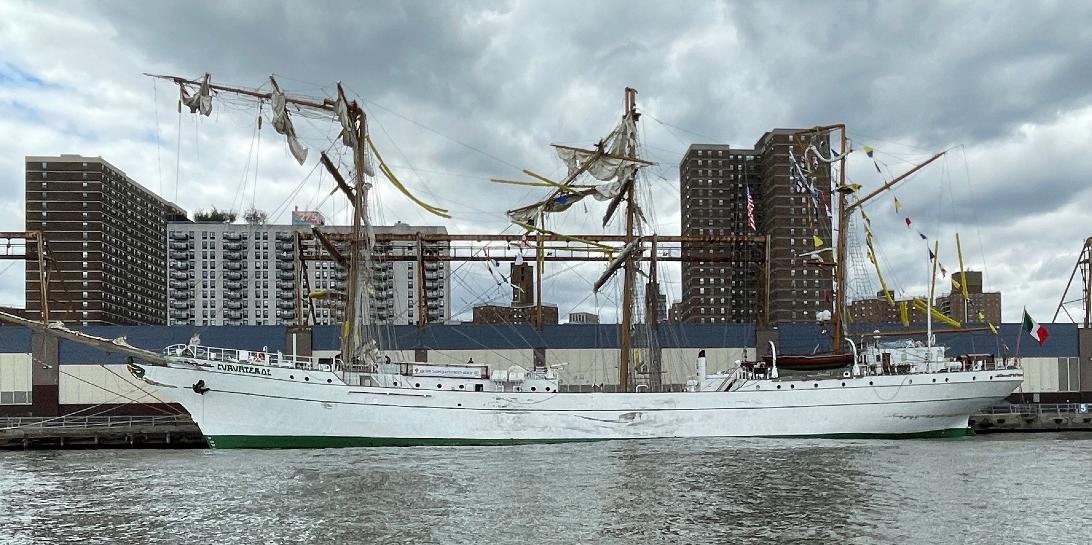
 2/x The vessel’s six mooring lines were let go about 2016. About 2019, the 2,800-hp twin screw tugboat Charles D. McAllister assisted the Cuauhtémoc off the pier. The docking pilot gave astern commands to the captain on the conning deck, which were acknowledged by the captain,
2/x The vessel’s six mooring lines were let go about 2016. About 2019, the 2,800-hp twin screw tugboat Charles D. McAllister assisted the Cuauhtémoc off the pier. The docking pilot gave astern commands to the captain on the conning deck, which were acknowledged by the captain,

 2/x It provides new details of the crew's attempts to respond to a leaking container of nitric acid, and the Russian master's growing frustration with the lack of a solution. Here is the link to the podcast bbc.co.uk/sounds/play/w3…
2/x It provides new details of the crew's attempts to respond to a leaking container of nitric acid, and the Russian master's growing frustration with the lack of a solution. Here is the link to the podcast bbc.co.uk/sounds/play/w3…

https://twitter.com/graveminder1/status/1937219689857335580

 2/x Then we have the celestial bodies. For our example, I am going to use the sun and simulate a calculation, without using a calculator. For the flat earthers among my followers: please stop now, because you are about to get triggered.
2/x Then we have the celestial bodies. For our example, I am going to use the sun and simulate a calculation, without using a calculator. For the flat earthers among my followers: please stop now, because you are about to get triggered.

 2/x First, why is Hormuz so important? Of course the entrance to the Persian Gulf. Given the variability in annual production and global output, a conservative estimate for recent years places the Persian Gulf’s contribution at approximately 28–33% of global oil production
2/x First, why is Hormuz so important? Of course the entrance to the Persian Gulf. Given the variability in annual production and global output, a conservative estimate for recent years places the Persian Gulf’s contribution at approximately 28–33% of global oil production

https://twitter.com/seawaves_mag/status/19263346881775945672/x Let's go back in time, to the time of sailing ships. They noticed that ships could never go faster than a certain speed. Bigger ships could go faster than small ships. People didn't really know why, but they coined the phrase "Hull Speed"


https://twitter.com/BartGonnissen/status/19239504111504102292/x certain aspects: tradition, technological advances in engines, thrusters, rudders and tugboat types. So to transpose our philosophy here to the one used by NY harbor pilots is difficult, but I'll give you an insight as to how we would perform this type of manoeuvre here

https://twitter.com/BartGonnissen/status/1918031858094219698
 2/x Pepsi’s Soviet saga began in 1959 at the American National Exhibition in Moscow. VP Nixon handed Soviet Premier Khrushchev a Pepsi. The premier loved it, sparking a decades-long deal to bring Pepsi to the USSR.
2/x Pepsi’s Soviet saga began in 1959 at the American National Exhibition in Moscow. VP Nixon handed Soviet Premier Khrushchev a Pepsi. The premier loved it, sparking a decades-long deal to bring Pepsi to the USSR. 

https://x.com/BartGonnissen/status/19045256682908839582/x Oorspronkelijk werd er gesproken over "flat fees" van $1 miljoen tot $1,5 miljoen per US scheepsbezoek van een schip gebouwd in China (opnieuw, eigendom en lading speelt geen rol. Kan Europese reder zijn met een lading van Europese wagens, maar



https://twitter.com/BartGonnissen/status/19045256682908839582/x Oorspronkelijk werd er gesproken over "flat fees" van $1 miljoen tot $1,5 miljoen per US scheepsbezoek van een schip gebouwd in China (opnieuw, eigendom en lading speelt geen rol. Kan Europese reder zijn met een lading van Europese wagens, maar



 2/x In de 19e en begin 20e eeuw werd dit idee als een soort 'ridderlijk' ideaal gezien en de "eeuwige wet van de zee" als absoluut. Gedurende een deel van de 19eE was ridderlijkheid op zee gestructureerd rond identiteit, evenals klassen- en rassenverdelingen tussen mannen.
2/x In de 19e en begin 20e eeuw werd dit idee als een soort 'ridderlijk' ideaal gezien en de "eeuwige wet van de zee" als absoluut. Gedurende een deel van de 19eE was ridderlijkheid op zee gestructureerd rond identiteit, evenals klassen- en rassenverdelingen tussen mannen.
